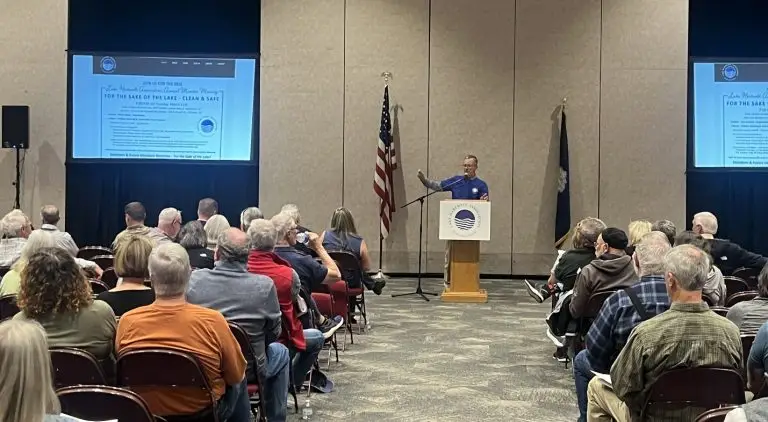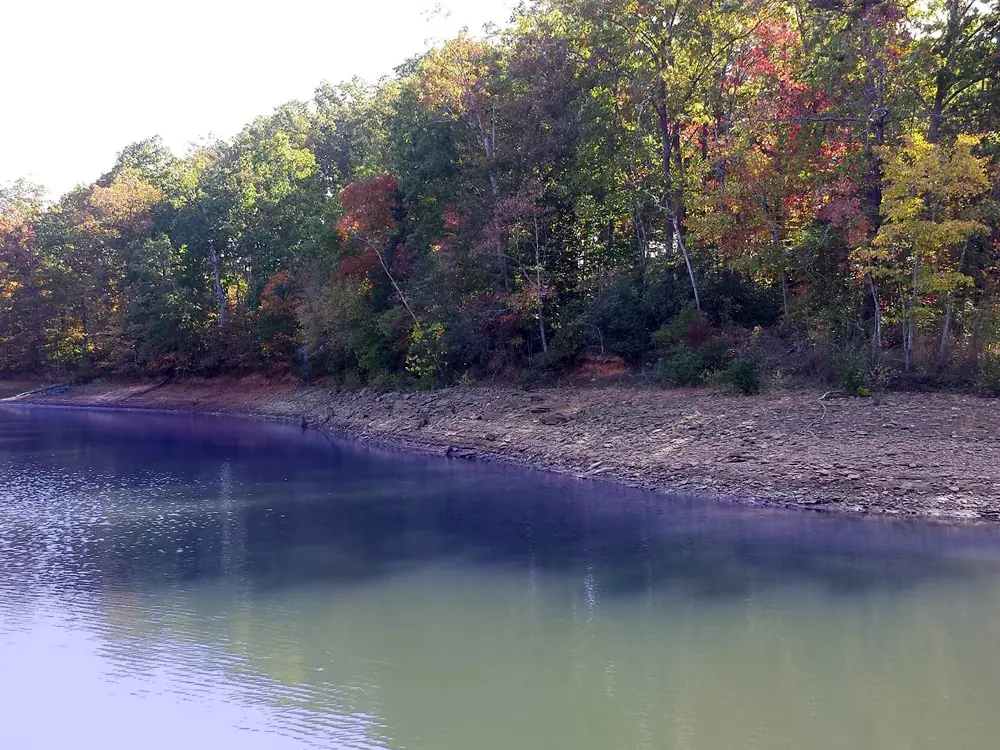From the US Army Corps of Engineers
Since I took command of the Savannah District in June 2015, we’ve been fortunate to have adequate, and sometimes abundant, rainfall and inflows to maintain full reservoir levels.
Beginning in January, we observed below-average rainfall throughout the basin, yet were able to maintain full reservoirs while meeting all our purposes. Within the last few months, inflows have dropped significantly and the reservoirs are beginning to reflect the severe rain deficits we’ve experienced for the last several months.
If conditions don’t immediately improve, the reservoir levels will continue to drop. We’ve already begun implementing conservation measures by aggressively using our pump-back operation at Russell Dam.
Despite these efforts, I expect reservoir levels will reach the first drought trigger soon.
Just as in the past, we are following the dictates of the water manual, which includes calculated procedures for drought operations.
Discharge will soon be limited to no more than 4,200 or 4,000 cubic feet per second at Thurmond Dam in accordance with our Drought Contingency Plan. If reservoir levels descend to the second drought trigger, we will further restrict discharge.
I understand that lower lake levels result in particular hardship for those with livelihoods connected to the reservoirs. Over the past year, I learned the history of drought in this basin and the personal challenges many of you face with lower water levels.
Drought in SE1Equitable and fair water management remains high on my priority list.
As a steward of the reservoirs, the river, the environment, and the resources used by the taxpayers, I am committed to careful observance of basin conditions, especially during dry periods.
Because of previous droughts, we realize the true value of fresh water. This finite resource has many competing and growing demands. For this reason water conservation remains our guiding principle to ensure efficient operations and equitable use.
Due to the growing demand for fresh water combined with recurring droughts in the last 15 years, a great deal of study and peer review has gone into our Drought Contingency Plan.
Even now we are finalizing a portion of a Comprehensive Study that incorporates exhaustive detail on our river during drought conditions.
In drought, no single authorized purpose will enjoy unlimited access to the basin’s water resources. Instead, we focus our efforts to ensure fair and reasonable management of water until rainfall amounts return to normal.
In the meantime, I will keep the communication lines open and maintain regular updates on basin conditions through this blog and our other media sources.
Thanks for your understanding. I welcome your feedback.
Col. Marvin Griffin, Commander








